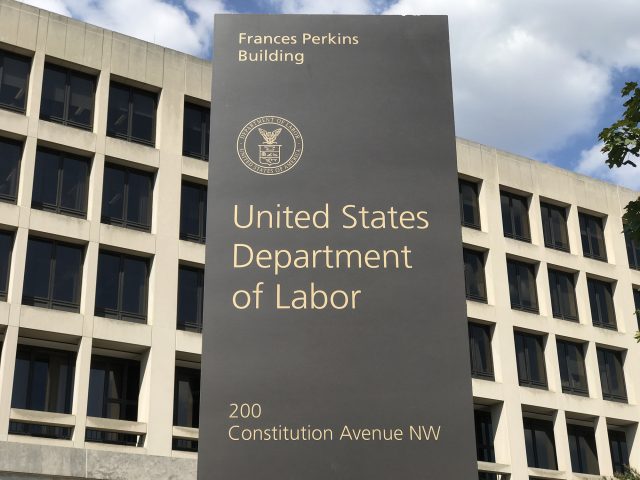
What’s Happening at GM?
Alicia H. Munnell is a columnist for MarketWatch and senior advisor of the Center for Retirement Research at Boston College.
While the Democratic Party convention discussion has focused on the bailout of the automobile companies and slogans like “Osama Bin Laden is dead and GM is alive,” I, a pension nerd, have been wondering how General Motor’s offer to transform retirees’ pensions into lump sums has turned out. How many of those offered the conversion actually took it? And were those who took it married or single, high paid or low paid, older or younger, healthy or sick? Some of that information will never be knowable, but I am really curious whether 20 percent or 80 percent of those offered accepted. I hope that the share was closer to 20 percent.
GM, in order to reduce its liability so that it could be immunized and transferred to The Prudential Insurance Company of America, offered 42,000 of its salaried retirees (those who retired between October 1, 1997 and December 1, 2011) the option of accepting a lump sum or continuing to receive their monthly check from Prudential instead of from GM. GM plans to purchase a group annuity contract from Prudential under which Prudential will pay and administer future benefit payments to most of the remaining U.S. salaried retirees. The offer was made on June 1st, and retirees had to decide by July 20th.
To those of us who spend our time advocating the automatic annuitization of at least some portion of 401(k) balances so that people will not outlive their resources, the offer to unannuitize – transform lifetime incomes into lump sums – seems like a step in the wrong direction. Retirees with ongoing monthly pension benefits are much more secure than those who have to decide how to allocate their retirement assets over an uncertain lifespan. Retirees with a pension will not outlive their benefits and they do not have to worry about the ups and downs of the stock market.
Taking the lump sum is a really risky business. Once they get the money, they will have to invest it in order to duplicate anything close to what they were receiving from GM. They are likely to end up paying high fees and facing volatile financial markets. Some retirees have suggested they will take their money and buy an annuity directly from an insurance company. However, it is expensive for individuals to buy annuities on their own, which means that they will end up with lower monthly benefits than they were receiving from GM.
Is there anyone who should take the lump sum? Only those with a serious illness who believe that they do not have much time left should even consider it. The trouble with counting on death, however, is its unpredictability; even sick people may live longer than they think.
Some experts say that wealthy people with lots of other assets, who do not rely on their GM pension as their primary source of income, might consider the lump sum. Even then, given today’s tumultuous markets, it is unlikely that even the sophisticated investor will be able to generate more income from their lump sum than their GM pension.
Those who opt to continue receiving their monthly benefit will get their check from Prudential rather than from the GM plan. Because their income is not coming from a pension plan, their benefits are no longer insured by the Pension Benefit Guaranty Corporation (PBGC).
GM’s move is part of a series of lump sum buyouts. Ford began offering lump sums to retired salaried employees in August, and industry experts predict that both companies will do the same with their union retirees. Other companies are likely to follow the auto industry and off-load their pension promises.
But retirees have the choice, and if they want a secure retirement, almost all of them should say “no” to lump sums. So, I hope the share that accepted GM’s offer was 20 percent or less.






